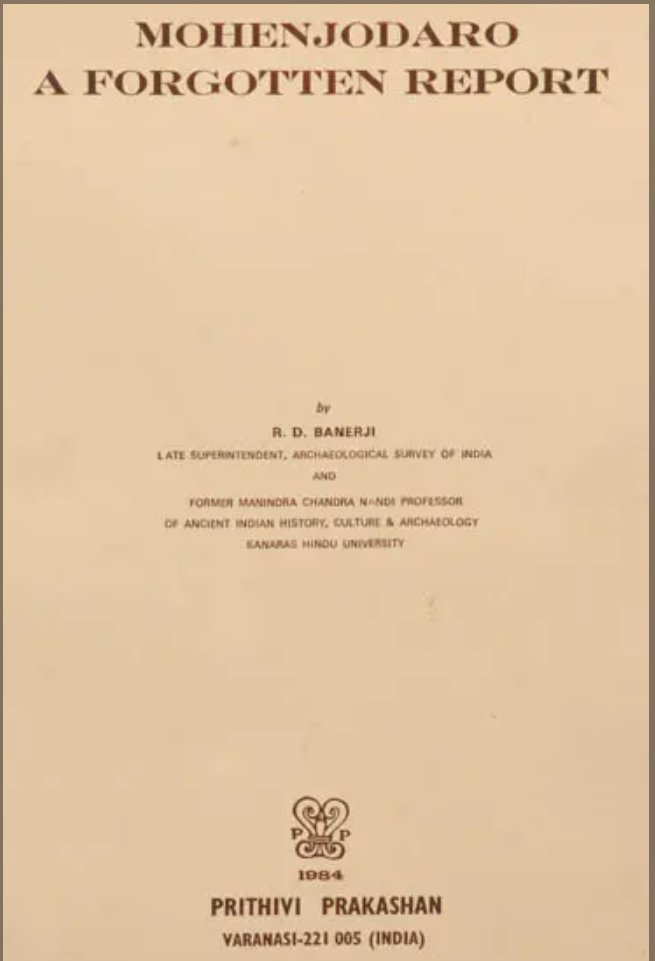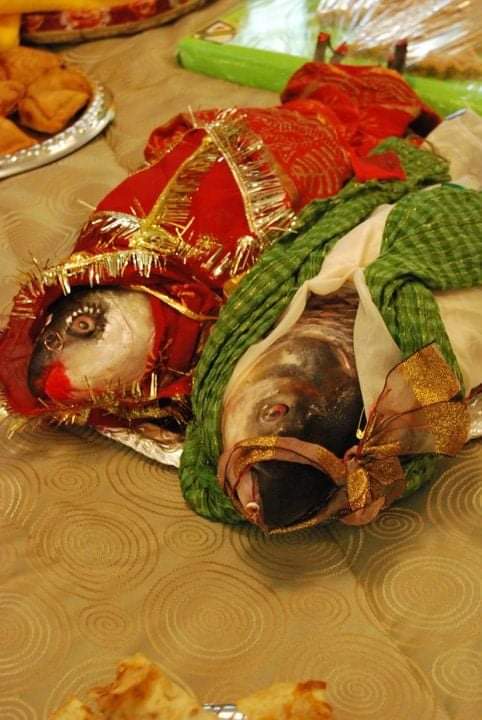What's currently happening in Bangladesh needs immediate attention & GOI's intervention. It's very sad how our Shakti Peeths are being polluted by both internal & external forces. Now it's very strong & sacred teertha kshetra Chandranath Dham which has been captured by islamists.



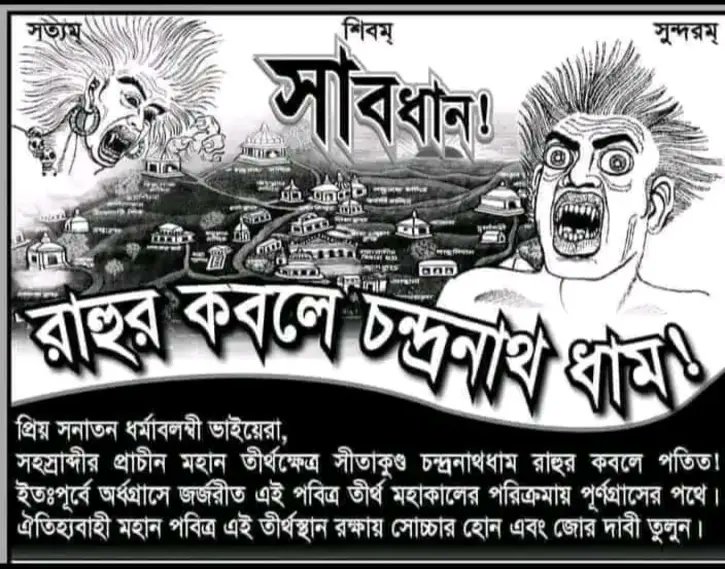
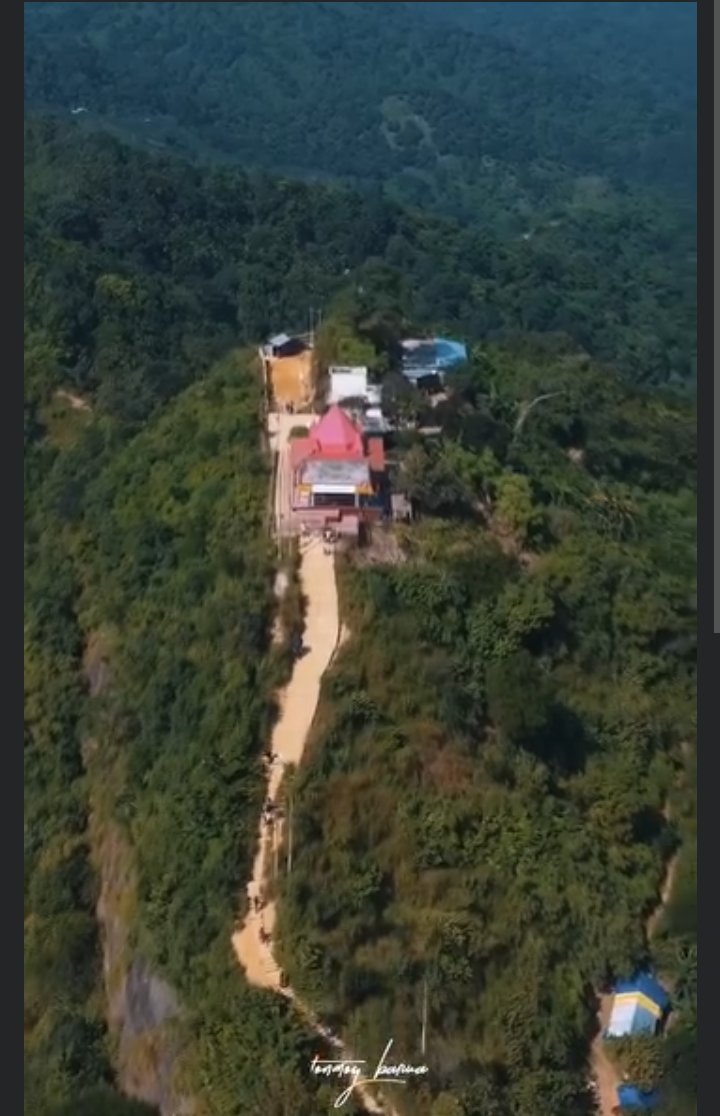

Chandranath Hill, Sitakund of Chittagong is a very holy site as it's not only a Shakti Peeth but also the abode of Chandranath, Bhagavan Shiva Himself. Not only Bangladeshi Hindus but Hindus from every corner of this world should raise voice against the
constant desecration ++
constant desecration ++

of our holy tirthas. The Chandranath hill is under islamists attack. Bangladeshi muslims are constantly trying to occupy the Chandranath Hill. Muslims are repeatedly giving azaan & chanting religious slogans on the extremely sacred hill of Hindus. They tried to change the name ++




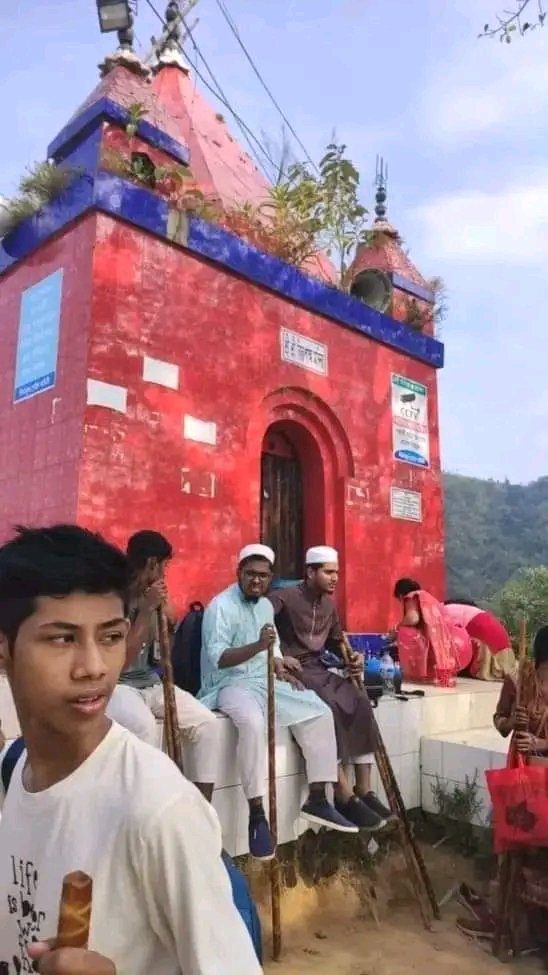

of Chandranath Hill to Azaan Hill. Not only that, muslims created fake mosque names around the Chandranath Hill on Google maps & fake mass reviews were given. Muslims haven't only captured the hill but are also not allowing the Hindus to enter the temple & attacking the devotees.




islamists are planning to organise beéf party on new year's eve at the sacred Chandranath Hills. This isn't the first time. For many years Chandranath Hills has been under attack & beéf party, namaaz azaan are regularly happening here. They did same to Adinath Maheshkhali Mandir.




islamists are attacking the Hindu pilgrims visiting the Chandranath Mahadev Shaktipeeth. The Bangladeshi Hindu activists have sought help from Indian embassy & are now requesting USA to intervene. It's beyond shameful that India hasn't responded yet.
I, an Indian Bengali Hindu, have very little hope from India seeing the utterly shameful stance of Indian government on Bangladeshi Hindus & temples of Bangladesh. But still... requesting @DrSJaishankar @PMOIndia @HMOIndia to please intervene & help our fellow Hindus.
The minority Bangladeshi Hindus don't even have a government of their own for any help. Requesting fellow Dharmikas to please raise this issue. The Shakti Peeth isn't sacred & important to Bangladeshi Hindus only. It's equally sacred for Hindus from every corner of this world.
A lot has been lost already. We can't afford to lose our remaining Shakti Peethas & other sacred worship places.
Please raise this matter @TheRajarshi @jsaideepak @RadharamnDas @HinduVoice_in @UnSubtleDesi
Joy Ma! Har Har Mahadev!
#SaveChandranathTemple
#SaveBangladeshiHindus
Please raise this matter @TheRajarshi @jsaideepak @RadharamnDas @HinduVoice_in @UnSubtleDesi
Joy Ma! Har Har Mahadev!
#SaveChandranathTemple
#SaveBangladeshiHindus
• • •
Missing some Tweet in this thread? You can try to
force a refresh








